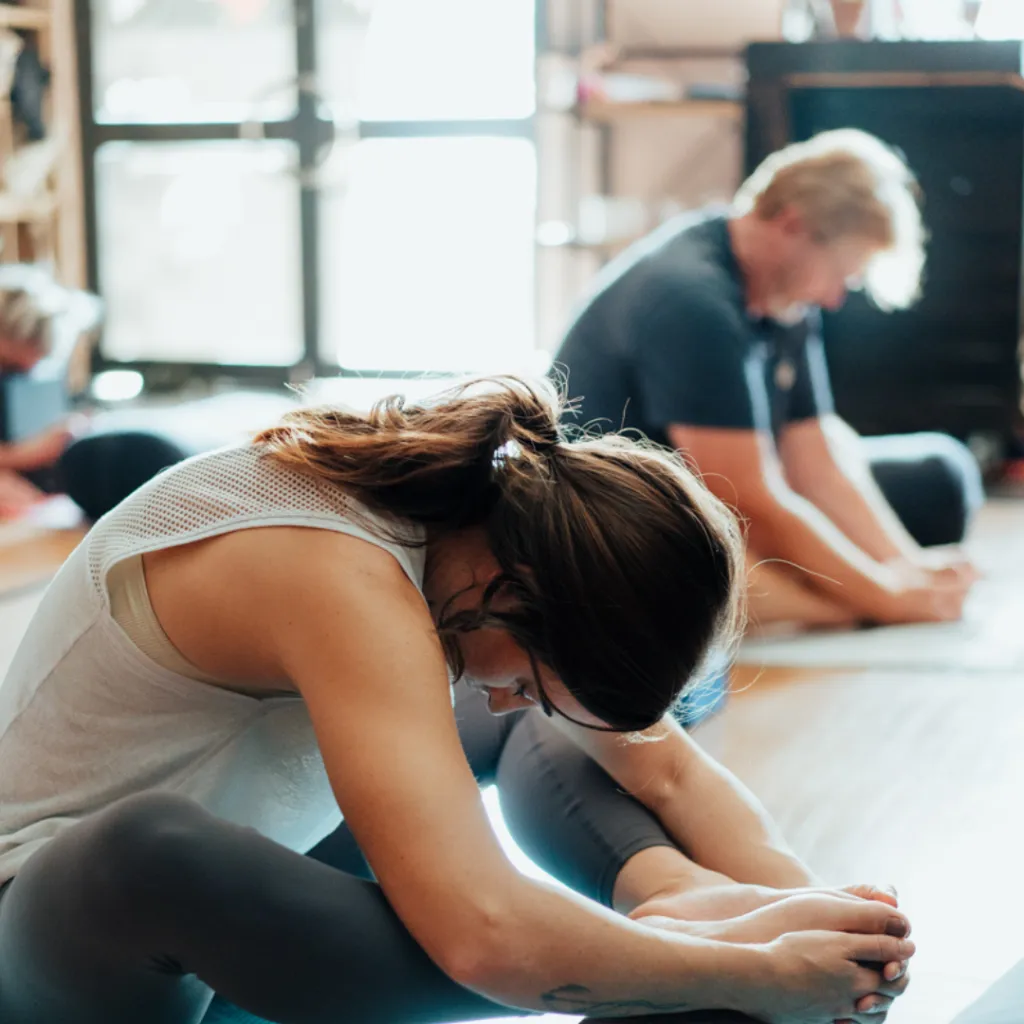
Awaken Your Inner Observer: Practicing Self-Awareness Without Judgment
In a world that moves at the speed of a scroll, it’s easy to lose touch with who you actually are. Thoughts race. Emotions flare. Reactions become reflexes. Before you even realise it, you’re living on autopilot—chasing goals, dodging burnout, numbing out, or checking in only when something breaks down.
But what if there was a way to press pause—not to fix or force anything—but to actuallyseeyourself clearly?
This is where theinner observercomes in.
What Is the Inner Observer?
In yoga and modern psychology alike, there’s a powerful concept: that beneath all the noise of the mind, there’s a deeper awareness that simply watches. It doesn’t judge, overanalyze, or catastrophize. It justsees. This is your inner observer—the part of you that can witness your thoughts, emotions, and habits without getting swept away by them.
It’s not spiritual fluff—it’s a neurological skill. Research shows that developing this kind of non-reactive self-awareness activates the prefrontal cortex (your executive function) and tones the vagus nerve, which regulates stress and emotional response.
Translation? You become more emotionally intelligent, less reactive, and way more capable of making conscious choices—even when life throws chaos your way.
Why Judgment Blocks Growth
Let’s be real—self-awareness often comes with a nasty sidekick: self-judgment.
You notice a pattern and instantly criticise yourself for it. “Why do I always do this?” “Ugh, I’m such a mess.” “This again?” Sound familiar?
But judgment doesn’t equal accountability. It creates shame spirals that shut down learning and keep you stuck. Neuroscience confirms that high levels of self-criticism increase activity in the brain’s threat centres, while compassion-based awareness creates resilience and long-term behavioural change.
So if you want to grow, you need to drop the internal courtroom and switch to curiosity.
How to Practise Self-Awareness Without Judgment
Here’s the good news: you don’t need to meditate for an hour a day or go on a silent retreat to do this. Small, consistent practices can radically shift how you relate to yourself.
Name what’s happening.
“I’m feeling anxious.” “I’m noticing tension in my chest.” “I’m thinking I’m not good enough.” Just naming a thought or feeling activates the prefrontal cortex and softens the emotional charge.Create space between stimulus and response.
Before reacting, take a breath. One deep inhale and exhale. That’s your moment tochoose—not just react.Ask curious questions.
“Is this true?” “Where did I learn this?” “What’s underneath this emotion?” Replace judgment with curiosity and you’ll find answers instead of criticism.Use your yoga mat as your lab.
Every pose is a chance to observe. How do you speak to yourself when it gets hard? Where does your mind go? What stories do you tell? Yoga isn’t about touching your toes—it’s about learning to witness your inner world without flinching.
Why It Matters
Building your inner observer is like giving your mental health a personal trainer. It builds strength, stamina, and agility in how you deal with life. It gives you perspective. It creates breathing room between you and your old patterns.
And most importantly—it puts you back in the driver’s seat of your life.
You are not your thoughts. You are the one observing them.
And once you start tuning in without judgement, you’ll realise: you’ve always had the power to shift your story.